You're All Driving Quite a Bit These Days

Without getting into the thick, tangled weeds of various coronavirus-related controversies, let it be known that, in some states, the streets and highways have returned to traffic levels seen before “lockdown” became common verbiage.
Yes, a good many of you are really putting miles under your belt (and tires). It’s summer, it’s hot, and lockdown measures are mainly a thing of the past, despite the rising levels of COVID-19 reported in regions that initially escaped the worst of the initial wave. But just how much are you driving?
In 29 states, as much or more than during the last week of February, according to data compiled by analytics firm INRIX.
The company, which focuses on the mobility sector, claims U.S. traffic volumes reached 90 percent of the country’s pre-lockdown level in the week ending June 19th, the Washington Post reports. INRIX uses the week of February 22nd to 28th as a control week, as it preceded any coronavirus traffic disruption.
Traffic volume fell precipitously from mid-March onward, bottoming out in the first half of April. Last week, nationwide passenger travel was only down 3 percent compared to pre-virus levels, INRIX data shows, up from the 7-percent decline seen the week before. On Friday, passenger travel hit 99.3 percent of the level seen in the control week.
Much variation exists between regions, of course. Only two states didn’t boost their tally of passenger miles traveled last week (Hawaii and North Carolina, both of which stayed static), while seven additional states saw their traffic volumes top pre-virus levels. For all you salivating partisans out there, California, Florida, and Arizona all recorded an increase in miles traveled last week. However, each of these states remain below pre-virus levels, so make of that what you will.
Places like Alabama, Alaska, Colorado, Delaware, Illinois, Indiana, Iowa, Kansas, Nevada, and North Dakota sit well above pre-virus levels, with the “most driven” award going to Wyoming, at 152 percent of pre-virus volume. South Dakota and Montana are close runners-up. Each of these states, you’ll note, enjoy low levels of COVID-19 and are not known for their balmy winter weather, so a control week from late February skews perception quite a bit. It does for the entire country. People are typically heading out in June and staying home in February.
INRIX addresses this. Using historical Federal Highway Administration data as a guide, the firm stated, “The 3% reduction in nationwide personal travel actually understates the true change in expected travel. To simplify, for every 97 miles traveled in the US last week, we could have expected 116.5 miles if not for the virus. Thus, the 3% reduction translates into a roughly 17% reduction, seasonally adjusted.”
Still facing restrictions on tourism, Hawaii is by far the state with the least amount of driving. It sits at 54 percent of its pre-virus volume.
On a city level, passenger miles dropped most significantly in San Francisco, Orlando, Miami, and Fort Myers last week compared to the week prior. Washington DC, New York City, Baltimore, and Phoenix, too, though the former four cities by a greater degree than the latter.
[Image: General Motors]

More by Steph Willems
Latest Car Reviews
Read moreLatest Product Reviews
Read moreRecent Comments
- Carson D Just don't be the whistleblower who reports on the falsification of safety data. That's a deadly profession.
- Carson D I'd have responded sooner, but my computer locked up and I had to reboot it.
- Todd In Canada Mazda has a 3 year bumper to bumper & 5 year unlimited mileage drivetrain warranty. Mazdas are a DIY dream of high school auto mechanics 101 easy to work on reliable simplicity. IMO the Mazda is way better looking.
- Tane94 Blue Mini, love Minis because it's total custom ordering and the S has the BMW turbo engine.
- AZFelix What could possibly go wrong with putting your life in the robotic hands of precision crafted and expertly programmed machinery?



















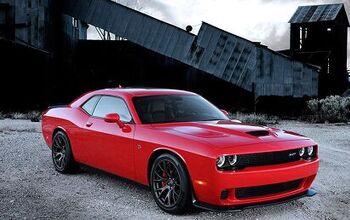

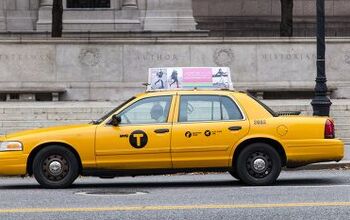



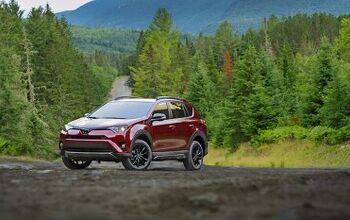



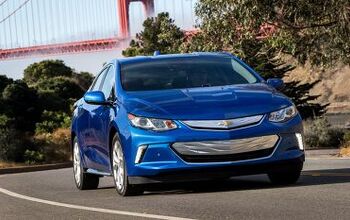
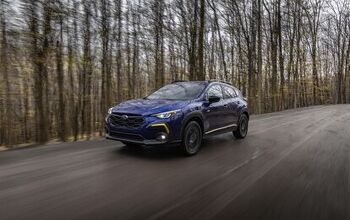

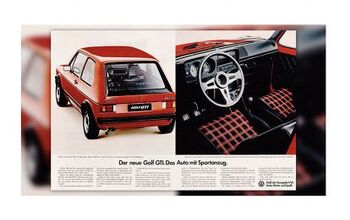

Comments
Join the conversation
I've driven about as much as usual throughout this. I already did most of my work at home, nearly all of my hobbies are outdoors, the only trips that I gave up were the gym and the occasional dinner out. I loved it. Ordinary Maryland traffic ranges from take the fun out of driving all of the time to just don't during the four hour rush hours and being able to go somewhere on a whim in the afternoon was a breath of fresh air.
I drive in twice a week and work from home the other 3, then I go to the gym. Otherwise I'm generally dithering around in town for the few errands that I run. Typically I'm running about 1,500 a month, but lately I've been in the 800s. That said I notice drivers getting dumber and dumber as they toddle around. I think the weeks of not driving have further diminished their skills and the phones are even more important than ever.